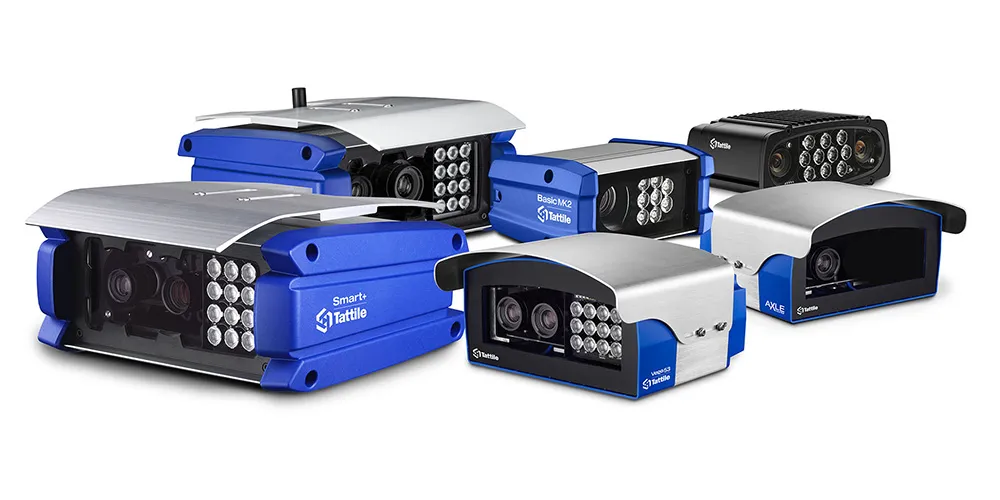
Since 1988, Tattile has produced high-quality licence plate reader cameras and software for ITS and mobility applications. But as visitors to Seville will learn, the company is increasingly focusing on the software world, expanding its expertise to integrate technology for smarter and more efficient systems.
The Stark OCR Regional is an advanced optical character recognition system embedded in Tattile's cameras, designed to read and process licence plates in specific regional areas. It is available for the US and Europe regions (Middle East and APAC in progress), with a verified state and country recognition accuracy of up to 96% and reading accuracy of 99%. Recently, Tattile launched the Stark OCR Cloud. This advanced cloud solution seamlessly integrates with previous versions of Tattile cameras, as well as third-party cameras. It leverages neural networks to improve the efficiency of systems not originally designed for AI. According to customers' needs, the Stark OCR Cloud is available for on-premises or in-cloud installation, ensuring maximum flexibility and customisation.
In line with Tattile’s commitment to continuous innovation, the company is pleased to introduce Comark's product line. Through the use of advanced laser and radar sensors, Tattile is able to provide accurate vehicle volume classification and traffic counting information, complementing the data provided by Tattile cameras. In particular, the company will highlight the breakthrough bike counter, which uses laser technology for accurate and completely anonymous detection, counting and classification of bikes and pedestrians. This is an innovative contribution to the fast-growing market of smart cities.
Stand: D8









